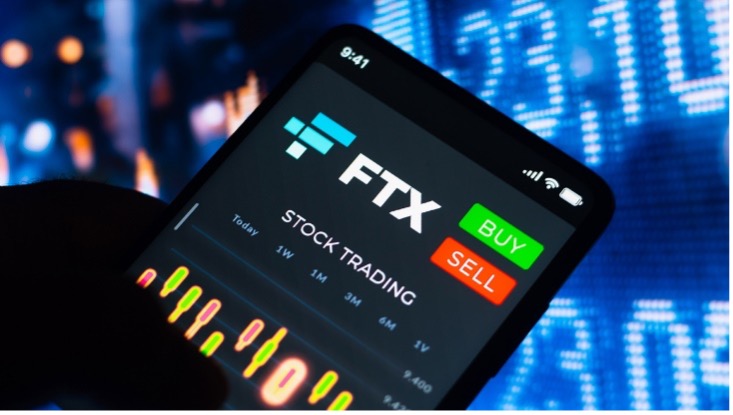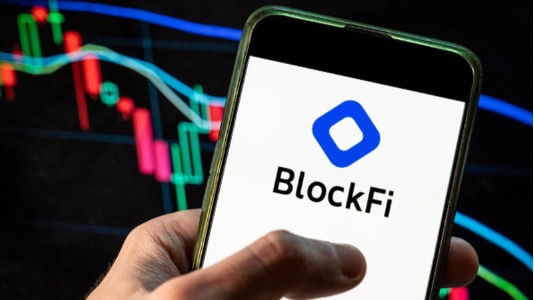Until crypto exchanges are properly regulated, the best way for investors to protect themselves is by using a cold wallet, despite the inconvenience.

This is all getting a bit too depressingly familiar.
The collapses began with Voyager in July and continued with Three Arrows Capital and Celsius. Now FTX, by some measures the second-largest crypto exchange in the world, has also collapsed, losing $32 billion in value in the space of a day, amid a ‘bank run’ which has left more than 1 million depositors facing the prospect of losing their entire fiat and crypto holdings.
BlockFi’s 225,000 users are now also facing the same fate. Salt has halted withdrawals and deposits, as has AAX. Crypto investors are rightly wondering whether any exchange can be trusted.
After all, every collapsed exchange thus far has emphatically reassured investors that their platform was safe, right up until the minute that it wasn’t. BlockFi was denying the rumours that the majority of its assets were custodied with FTX until yesterday. And as its bankruptcy can attest, the spreading contagion from FTX is infecting the wider crypto community, which could include even the largest institutions.
Crypto.com CEO Kris Maeszalek has firmly stated that the firm has a ‘tremendously strong balance sheet,’ in response to rumours that current outflows could see a liquidity crunch. He has told investors that ‘we never engage as a company in any irresponsible lending practices, we never took any third-party risks.’ However, it’s worth noting that the company did ‘mistakenly’ send $400 million worth of Ethereum to Gate.io as recently as October.

Binance CEO Changpeng Zhao has said only that there has been a ‘slight increase in withdrawals.’
But the reality is that no exchange can be truly trusted with cryptocurrency, because despite what their marketing departments promise, there is no real regulation within the crypto sector.
The exchange collapse chain
Even as each exchange scrambles to prove they hold assets to back up customer deposits, customers still cannot trust that this information is true. FTX allegedly had built-in ‘back-door’ protocols to enable management to withdraw assets without the company’s compliance team noticing. And rumours abound that exchanges are lending each other crypto to temporarily boost each other’s balance sheets, while using customer funds to trade the markets for increased profits.
There is a reason why incredibly cheap fees or 10%+ guaranteed returns sound too good to be true. It’s because they are.
Ledger, a leading crypto hard wallet provider, is reporting its biggest sales ever, as investors take their Bitcoin off exchanges. And Uniswap, widely seen as a more secure platform by dint of its unique decentralised crypto trading protocol, has overtaken Coinbase as the second-largest exchange trading Ethereum.
Assuming both Bitcoin and the major altcoins survive the deepening crypto winter, investors are starting to learn why regulation of finance exists, and why crypto regulation is now all but guaranteed.

Cold wallets explained
Bitcoin was only invented in 2009. Few remember, but one key purpose of the original cryptocurrency was to take the power of money out of the centralised hands of banks and instead decentralise it by allowing each owner to retain control themselves.
To understand this, consider the development of fiat currency.
Originally, gold was traded as money by individuals, but because this was too onerous, people began depositing most of their gold with banks. Over time, fiat currency was developed by states, backed by physical gold (the gold standard). Before the days of credit cards, people then kept most of their fiat with a bank and kept only small amounts of cash on their person.
The problem of course is that banks and states could use both the gold and fiat deposits in irregular ways, leading to problems including risky investments and bank runs. To combat this, regulators such as the SEC and FCA were designed to combat bank fraud and give depositors peace of mind that their money was protected.
Of course, this is not a fool proof safety measure, as regulators ultimately answer to states, and usually source employees predominantly from banks. And this is where Bitcoin, and by extension, all other altcoins come in.
The concept was to design an alternative to fiat currency, which by 2009 had long done away with the gold standard. This alternative, named Bitcoin, could be kept within an investor’s offline cold wallet, using blockchain technology that made changing the ownership essentially impossible without consent.
However, using offline cold wallets is a hassle for most people. And as crypto went mainstream, crypto exchanges launched, just like banks, offering to help investors to use fiat to buy crypto and store it with the exchange in an internet-connected hot wallet.
In essence, sacrificing security for convenience.
But of course, the opportunity to abuse billions of dollars’ worth of crypto funds held within an exchange’s hot wallets proved too tempting for some to ignore. Now 1 million FTX depositors are finding out why banks became regulated in the first place.
And until quality, defined regulation is enforced, any deposit held within a hot wallet is at risk from the FTX contagion.
And this leaves cold wallets as the best available solution until regulation is enforced.
This article has been prepared for information purposes only by Charles Archer. It does not constitute advice, and no party accepts any liability for either accuracy or for investing decisions made using the information provided.
Further, it is not intended for distribution to, or use by, any person in any country or jurisdiction where such distribution or use would be contrary to local law or regulation.
